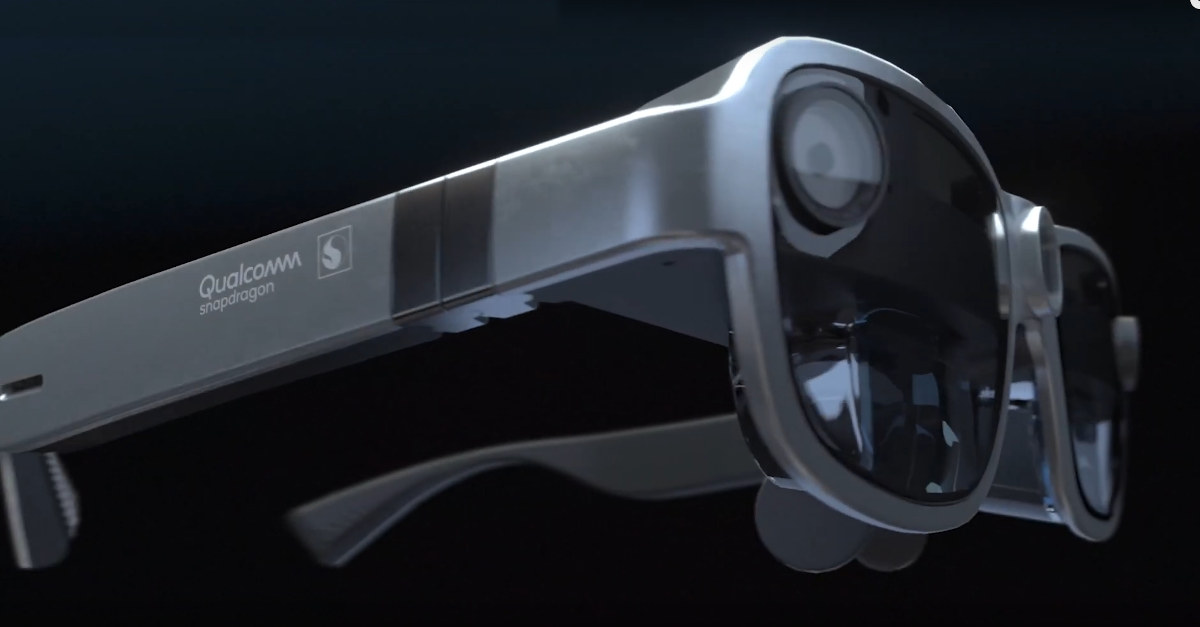Qualcomm introduced the Snapdragon XR2 5G VR Reference Design last year based on their latest Snapdragon XR2 virtual/extended reality processor. But the company never designed a reference design for the earlier Snapdragon XR1 that was found in Google Glass Enterprise Edition v2.
Better late than never, as the company has now announced the Snapdragon XR1 AR smart viewer reference design. If you happen to be a human not part of Qualcomm’s marketing team, you may wonder what an “AR smart viewer” is. The team behind the terms “Mobile Platform” (i.e. SoC + some companion chips), “Visual subsystem” (i.e. GPU, ISP, and stuff), is now bringing the new “AR Smart viewer” term for what commoners like myself used to call “smart glasses”.
The reference design can tether to a compatible smartphone, Windows PC, or processing puck and is said to work best with other Qualcomm Snapdragon platforms.
Some of the highlights of the Snapdragon XR1 AR smart glasse/viewer reference design include:
- BOE micro-OLED binocular display with frame rates up to 90Hz and a no-motion-blur feature
- 30% reduction in overall power consumption compared to a standard viewer
- A 2D app framework enables the launch of smartphone applications into multiple virtual displays. This also includes DRM-protected movies and streaming services
- PC tethering allows virtual PC windows to be anchored to planes in the real world.
- Support for an 8MB RGB camera with image stabilization
- Dual monochrome cameras for six-degrees of freedom (6DoF) head tracking and hand tracking with gesture recognition.
Designed by Goertek, the AR smart viewer hardware will enable manufacturers to quickly develop smart AR devices for commercial use, and make products similar to Nreal Light device or Lenovo ThinkReality A3 enterprise smart glasses scheduled to launch in mid-2021.
The Snapdragon XR1 AR Smart Viewer reference design is only available to select partners right now, but will soon become more broadly available to other companies wanting to develop their own smart glasses/viewers. Additional information may be found on the product page and press release.

Jean-Luc started CNX Software in 2010 as a part-time endeavor, before quitting his job as a software engineering manager, and starting to write daily news, and reviews full time later in 2011.
Support CNX Software! Donate via cryptocurrencies, become a Patron on Patreon, or purchase goods on Amazon or Aliexpress





